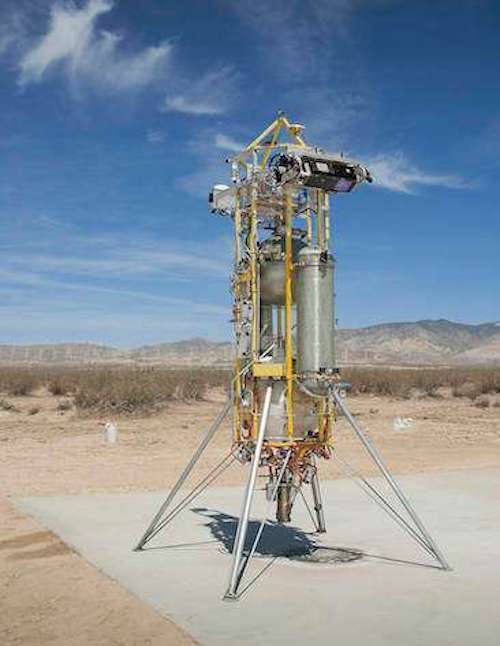17.09.2018
More than ever before, getting to space has become a cooperative effort between government and business. Recently, the Northern California chapter of the Electronic Representatives Association(ERA) brought in a NASA leader to talk about how the electronics industry can work with NASA’s Flight Opportunities program to advance the innovation of space technology.
“NASA has a $19-billion budget to play with every year, and our program is part of that with a budget of $15 million,” said Stephan Ord, technology manager for the Flight Opportunities Program at NASA. “The nature of our program is to develop things quickly rather than spending a decade developing hardware. We are more aggressive than what NASA is used to.”

The program, which has a tag line of “Fly Early, Fly Often, Fly Safely,” has a dual purpose of supporting and enabling space technology that is of interest to NASA while stimulating the growth and use of U.S. commercial spaceflight technology. It supports developments in the suborbital and orbital small satellite launch vehicle market in hopes of reducing risks, reducing costs, improving performance, and advancing capabilities.
“We are very interested in partnering with commercial partners to do technology development,” Ord said. “Everyone wins. You develop it and we get to use it, but you can keep the proprietary intellectual property (IP).”
Organizations from industry, academia and government also have an opportunity to test technology in a space equivalent environment through the use of commercial reusable suborbital launch vehicles, rocket-powered vertical takeoff, vertical landing platforms, high-altitude balloons, and parabolic aircraft flights. This is critical as space offers a very different environment than earth. For example, on earth, heat rises, but in space it doesn’t.
“If an organization intends to put technology into space, you can only get so far on earth since the vacuum, radiation, heat transfer, zero gravity, and other realities effect the outcomes,” said Ord. “We provide a space environment for folks to test their technology.”
The program aims to stimulate small launch vehicle efforts. “There’s plenty to be done in the commercialization of rockets, but beyond that there are rockets that go to the edge of space and eject a payload. There are many innovative things going on to think about.”
The Flight Opportunities program points to a trend toward commercialization for NASA in hopes of creating a win/win for both government and industry. “NASA is working more toward commercialization than ever before,” said Ord. “Whatever commercial folks can produce we can’t compete with them. We hope that it creates enough competition to lower prices in a way that can’t happen in a one-company industry.”
The program also awards funding to U.S. companies with a promising technology to encourage the industry-led effort of small spacecraft development.
Quelle: EE Times

